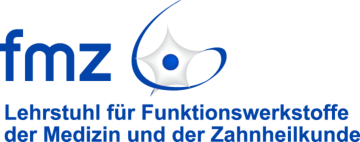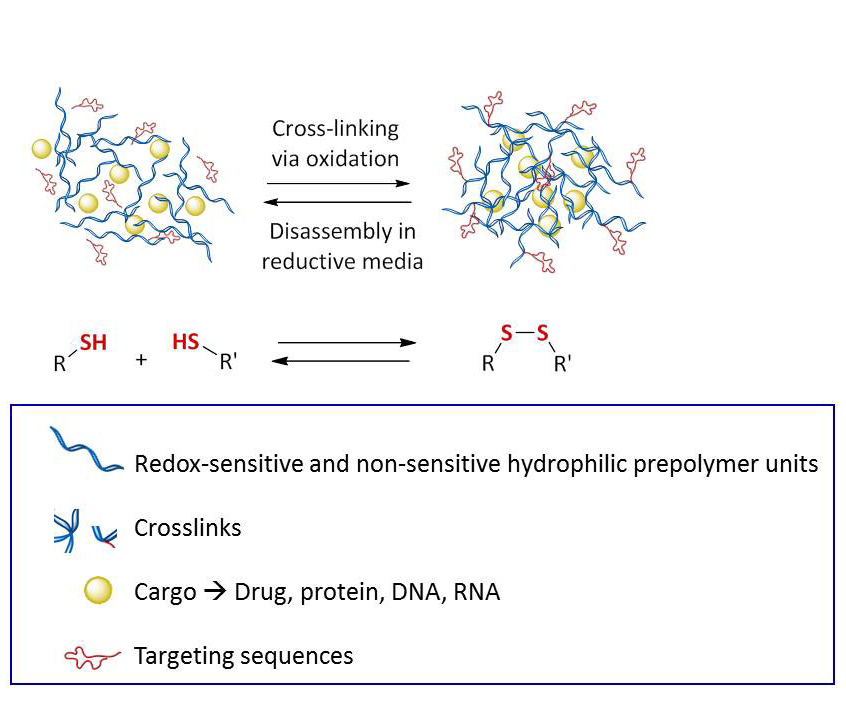NanoBio-Technology
Nanotechnology is a key technology for medicine which utilizes nanoscale structured materials to diagnose, treat and prevent disease. Nanoparticles are large enough to take up and transport drugs but also small enough to be taken up by cells and to use active biological transport mechanisms. This opens a wide potential for targeted transport especially of sensitive drugs over barriers in the body to the area and tissue of interest.
Research in FMZ focuses on synthesis and properties of nanoparticles for different purposes. Systematic studies regarding the influence of nanoparticle shape, size and surface chemistry on the interaction with cells are one area of interest. Inorganic and organic nanoparticles are used for the identification of suited ligands for the specific uptake of the particles exclusively into defined cellular populations.



